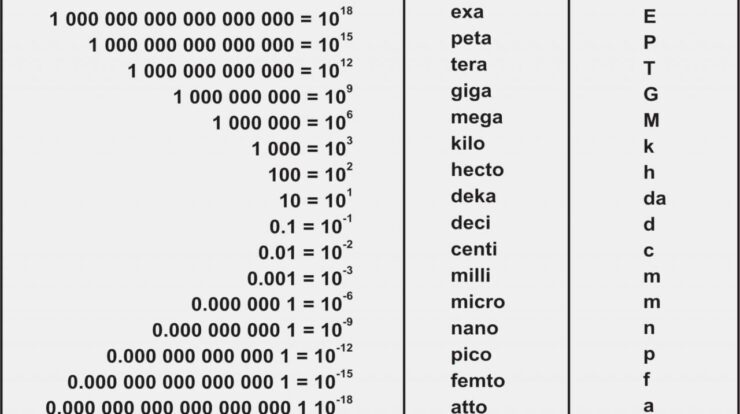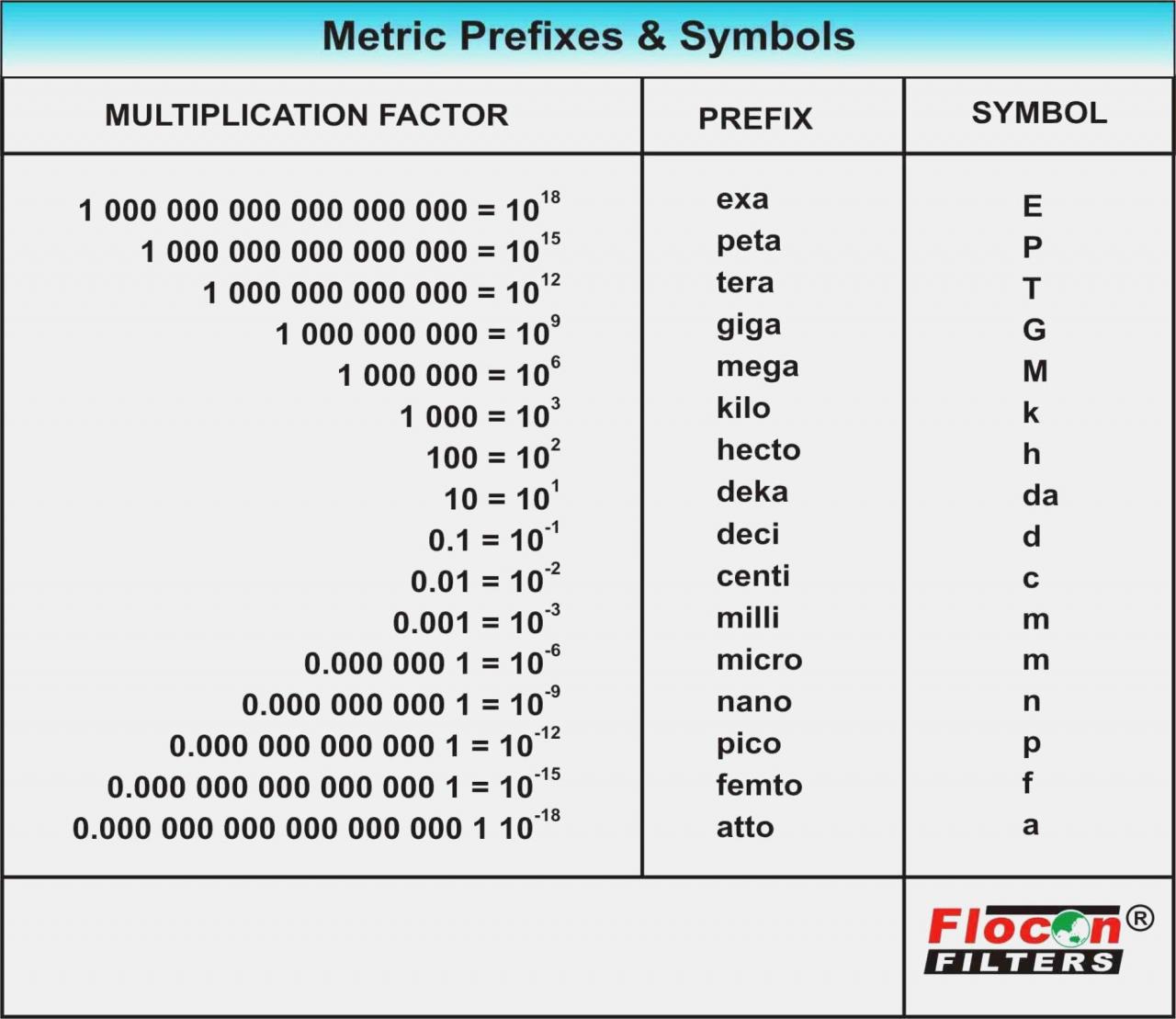
Pico measurement, the precise quantification of extremely small electrical signals, plays a pivotal role in various scientific and engineering disciplines. This guide delves into the principles, techniques, and applications of pico measurements, empowering readers with a comprehensive understanding of this essential metrology tool.
From defining the fundamental concepts to exploring cutting-edge advancements, this article provides a comprehensive overview of pico measurement, its significance, and its impact on modern technology.
Pico Measurement Overview
Pico measurement is the science of measuring extremely small quantities, typically in the picosecond (10^-12 seconds) or picometer (10^-12 meters) range. Pico measurements are crucial in various fields, including electronics, telecommunications, and medicine.
The principles behind pico measurements involve the use of high-speed oscilloscopes, sampling techniques, and advanced signal processing algorithms to capture and analyze ultrafast signals or events.
Pico Measurement Applications
- Electronics:Characterizing high-speed digital circuits, testing electronic components, and troubleshooting electronic systems.
- Telecommunications:Measuring signal integrity in optical fiber networks, analyzing modulation schemes, and optimizing wireless communication systems.
- Medicine:Capturing electrical signals in the brain (electroencephalography) and heart (electrocardiography) for diagnostic purposes.
Pico Measurement Techniques
Pico measurements can be performed using various techniques, each with its own advantages and limitations:
Sampling Oscilloscopes
High-speed sampling oscilloscopes capture analog signals at very high sampling rates (up to tens of gigasamples per second) and store them in memory for further analysis.
Time-Domain Reflectometry (TDR)
TDR involves sending a pulse down a transmission line and analyzing the reflected signal to determine the impedance and length of the line.
Picosecond Pulse Generators
Picosecond pulse generators produce very short electrical pulses that can be used to stimulate devices under test or probe materials.
Pico Measurement Data Analysis
Pico measurement data analysis involves processing and interpreting the captured signals to extract meaningful information.
Statistical Analysis
Statistical tools are used to analyze the distribution of data, identify outliers, and determine the statistical significance of results.
Visualization Techniques
Visualization techniques, such as graphs, charts, and images, are used to represent data in a visually intuitive way, enabling easy identification of patterns and trends.
Pico Measurement Standards and Regulations
Several standards and regulations govern pico measurements to ensure accuracy and reliability:
IEEE Standards
The Institute of Electrical and Electronics Engineers (IEEE) has established standards for picosecond measurements, including sampling rates, measurement accuracy, and signal processing techniques.
Regulatory Compliance
In some industries, such as telecommunications and medicine, pico measurements must comply with specific regulations to ensure the safety and accuracy of devices and systems.
Future of Pico Measurement

Pico measurement technology is constantly evolving, driven by advancements in electronics and signal processing:
Emerging Technologies
Emerging technologies, such as quantum computing and machine learning, have the potential to revolutionize pico measurements by enabling faster and more accurate data analysis.
New Applications
Pico measurements are expected to find new applications in fields such as quantum computing, advanced materials, and biomedical research.
Wrap-Up
Pico measurement has emerged as an indispensable tool across diverse fields, enabling researchers, engineers, and technicians to push the boundaries of scientific discovery and technological innovation. As technology continues to evolve, pico measurements will undoubtedly play an increasingly critical role in shaping the future of electronics, medicine, and other vital industries.
Question & Answer Hub
What is pico measurement?
Pico measurement is the precise measurement of electrical signals in the picoampere (pA) or picowatt (pW) range.
What are the applications of pico measurements?
Pico measurements are used in various fields, including electronics, semiconductor testing, medical diagnostics, and environmental monitoring.
What are the advantages of pico measurements?
Pico measurements offer high precision, sensitivity, and the ability to measure extremely small signals.
What are the challenges of pico measurements?
Pico measurements can be challenging due to noise, interference, and the need for specialized equipment.
What is the future of pico measurements?
Pico measurement technology is rapidly advancing, with new developments in instrumentation and applications emerging.
